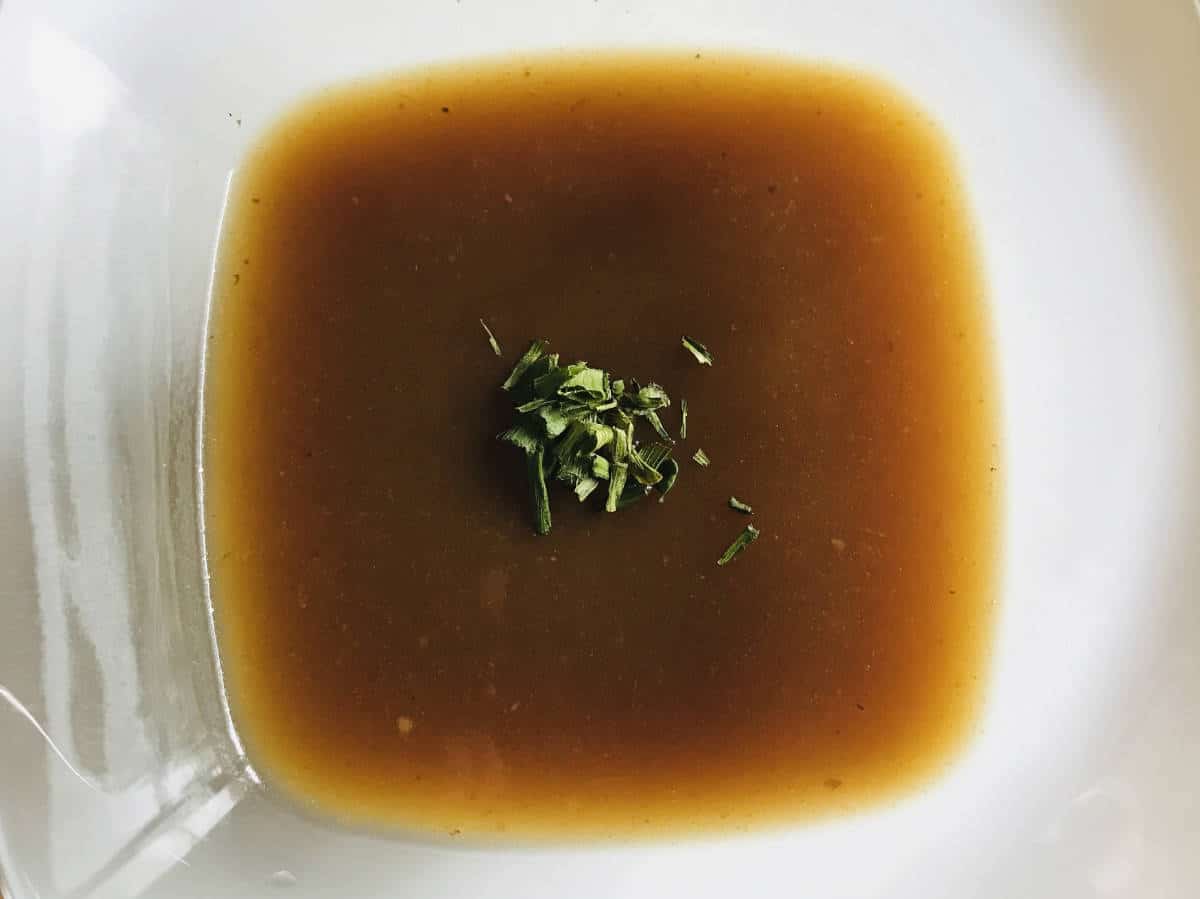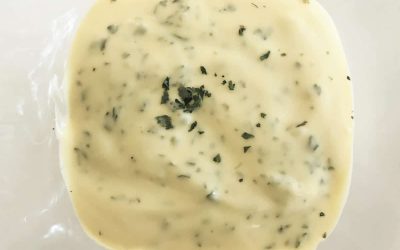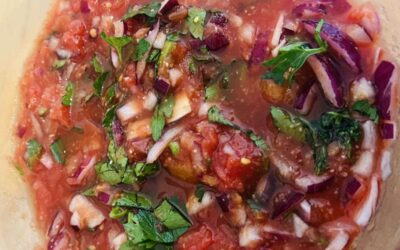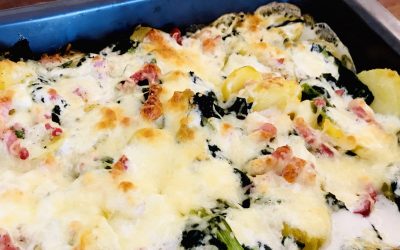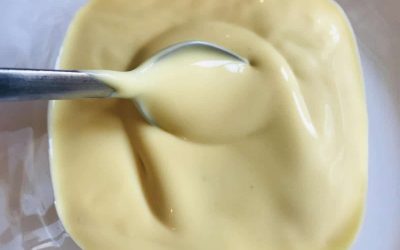This Recipe includes
Main ingredients:

| All purpose flour |

| Canned tomato purée |

| Butter |

| Carrot |
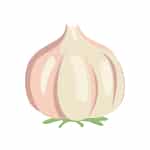
| Onion (white or yellow) |

| Celery |

| (Optional) bacon lardons |
Spices, herbs and flavoring ingredients:

| Beef stock (low sodium) |
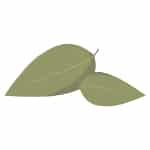
| Bay leaf |
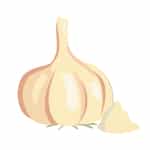
| Garlic cloves |

| Salt and pepper |
‘Sauce Espagnole’ literally translates to ‘Spanish sauce’. Don’t be fooled though, this classic French sauce is one of the mother sauces of traditional French cuisine.
It might sound intimidating, but sauce espagnol is actually quite easy to make. Ingredients in the espagnole sauce include butter, flour, and beef stock cooked together, as well onions, carrots, celery, and tomato purée added for flavoring.
That may not sound very “saucy”, but don’t worry, it is not a stew. The vegetables are removed before serving, after the sauce is reduced.
The history of the sauce espagnol is not really clear. It was possibly created in the 17th century by the Spanish cooks to celebrate the marriage of French King Louis XIII to Spanish Princess Anne of the House of Habsburg. As the story goes, the cooks took the traditional French brown sauce made from meat, and added spanish tomatoes to it, delighting the newlyweds.
The humble tomato however is also one of the staples of French cuisine, especially in the south of France, so it is possible that it has nothing to do with Spain.
In addition, you will often see sauce espagnole referred to as made with a mirepoix. A mirepoix is onions, carrots and celery, herbs and sometimes ham or bacon, cut into small cubes and browned.
Now, if you have doubts about your ability to chop vegetables into tiny cubes, never fear, as I mentioned earlier, the vegetables are removed before the sauce is served. So no one is going to be judging your chopping skills anyway!
Usually used as an accompaniment to meats or potatoes, the sauce espagnole is a gravy that is similar to that in the boeuf bourguignon, boeuf en daube, or daube Provençal.
Mother and Daughter sauces
In 1833, French chef Antonin Carême, one of the most important French chefs and cookbook authors of the 19th century, published a classification of French sauces in his reference cookbook L’art de la cuisine française au XIXe siècle (“The Art of French Cuisine in the 19th Century”).
In it, the sauce espagnole, with its brown roux, stock reduction, bacon, and tomato was considered one of the 5 mother sauces. And that sauce serves a basis for several daughter sauces such as:
- Démi-glace (Demi-glaze): a reduced sauce, made from veal or beef stock, which derives its texture and color from the caramelization of meats, fats and bones that have been cooked in it.
- Bigarade: an espagnole sauce that is flavored with oranges and served with duck.
- Madeira: a reduced sauce, similar to the demi-glaze with Madeira wine added to it.
What dishes to serve sauce espagnole with?
Sauce espagnole is a brown meat sauce that is used as seasoning and an accompaniment with any red meat as well as dishes like baked potato or fries.

What drinks to serve with it?
As sauce espagnole is usually served with red meats, it can be served with a light red wine like a bourgogne, côte du rhône, or even a heavier bordeaux. You can read more about French wines here.

How to store it?
Yes, you can easily keep sauce espagnole in the fridge and even keep it in the freezer.
Just let the mixture cool before freezing it. In addition, it is important to freeze it in small quantities, so that you are not freezing and refreezing the quantities unused, leading to bacteria.

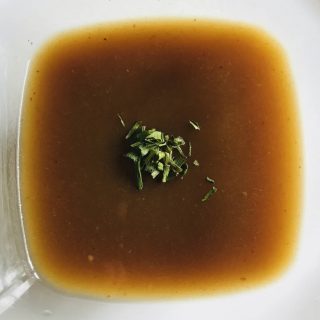
French Espagnole Sauce
Equipment
Ingredients
- 50 g of butter
- 1/3 cup of flour
- 4 cups of beef stock low sodium if possible
- 1 small carrot
- 1 small onion white or yellow
- 1/4 cup canned tomato purée
- 2 large garlic cloves
- 1/2 stick of celery
- 1 bay leaf
- 1/2 cup of bacon lardons (optional)
- 1 teaspoon of freshly grated pepper
- pinch of salt
Instructions
- Chop the carrot, celery, and onion into small roughly chopped pieces (a mirepoix).
- Peel the garlic and crush in a mortar and pestle.
- Melt the butter in a saucepan at low heat. (Don't let the butter burn or turn brown.)
- Add the vegetables, bay leaf, and the bacon into the saucepan, and sauté till lightly brown.
- Stir in the flour and mix well with a whisk, until it the butter and the flour become a roux paste.
- Add the beef stock and the tomato purée into the saucepan
- Season to your liking with salt and pepper and whisk until it is well blended.
- Take the saucepan off the heat and strain out the pieces (i.e. vegetable / bacon / garlic /bay leaf), leaving only a smooth and creamy sauce.
- Serve while warm.
Nutrition
Please note: We are not certified nutritionists and these estimates are approximate. Each individual’s dietary needs and restrictions are unique to the individual.
You are ultimately responsible for all decisions pertaining to your health. This website is written and produced for entertainment purposes only.

If you enjoyed that, check out our other classic French recipes that are easy to prepare. Bon appétit and à bientôt !
